The Apologetics Study Bible focuses on helping Christians defend their beliefs. It’s now available in the CSB. This edition has been revised and updated with new articles and material from leading apologists. I’m reviewing the hardcover edition, ISBN: 9781433644092, made in Korea.
Holman provided this Bible free for review. I was not required to give a positive review, only an honest one. All opinions are my own.
_________________________________________________________
This book is available at (includes some affiliate links)
and many local Bible bookstores
_________________________________________________________
Materials
This edition is hardcover with a dust jacket. The front and spine of the cover matches the dust jacket. The back is plain. It’s sewn and has no trouble stay open on page one. The paper is probably around 30gsm (just a guess though). It’s decently opaque and has a rough texture that I find easy to turn pages. In certain lighting it does have a little more show-through than I’d like, but it’s not bad. It includes a thin ribbon, which is long enough to be useful and thin enough not to get in the way. The overall size is 9.3 x 7 x 1.5″.
Typography
The text is presented in double-column paragraph with poetry set to stanzas. The footnotes are placed under the text and spans both columns. Study notes are placed at the bottom of the page in three columns and are separated from the text with a line. The study notes are in a smaller font. The header shows the page number in the center and the book name, chapter, and verse number in the outer column.
The typeface measures 9 point, black letter. It’s Bible Serif from 2K/Denmark. It’s about a medium darkness and is consistent throughout. There are no references, so the text doesn’t share width. It’s line-matched to improve readability.
It has around 45 characters per line with around 8-10 words per line. It’s highly readable. Section headings are in bold and all caps. Old Testament quotes are in bold.
Book Introductions
Introductions take about 1-3 pages. They cover the author, structure, content, text, dates, themes, problems, etc. They include a lot of depth and summarize the book, creating an outline as a summary. They provide references to outside sources of what others have said about the book. They also discuss the authenticity of the book or portions of the book.
Study Material
A few of the notes use eisegesis and even take Scripture out of context to defend their view. Of course, the purpose of this Bible goes far beyond defending just one theological view- it also provides a defense of God, the fact that He’s the Creator, and the Word of God is His book. The notes against other groups are much improved over the last edition (which had completely wrong information about UPCI doctrine).
“To my great astonishment, I becamse convinced by the evidence that science supports the belief in a Creator who looks suspicously like the God of the Bible.” How Apologetics Changed My Life – Lee Strobel
Commentary – at the bottom of the page is commentary that discusses the text. They include references and include information about the culture, places, people, etc.
Articles – There are lots of articles that discuss many questions within Christianity. They cover science, the Bible, archaeology, theology, history, non-Christian religions, life issues, and lots more. The articles are detailed and well-written. When it’s a matter of interpreting Scriptures that aren’t always clear, the articles discuss multiple views but don’t draw a conclusion between the views. Instead, they focus on the strength of Scripture and point out that the views are interpretation and this isn’t a failure of Scripture. The articles are printed over a gray background, which I felt reduced the contrast too much and made them difficult to read without bright lighting.
Twisted Scripture – These are short articles that discuss what other groups believe about specific Scriptures. They include a quick statement of their belief and then a counter statement with a few verses. Most are well-written and make good arguments. Due to how short they are some of them seem more like eisegesis than exegesis and a few of them seem to take verses out of context to support the view of the writer. Like always, use it for reference and do your own research.
Biographies – There are biographies of 12 notable apologists including names such as Thomas Aquinas, Irenaeus, Justin Martyr, Origen, Augustine of Hippo, Athanasius, CS Lewis, etc. They take about a half a page and provide information on their backgrounds and the work they’re the most known for. I found them interesting.
Contributors
There were over 90 contributors to this edition. An index of contributors shows the name of each one with a short list of their credentials. An index in the front lists the books of the Bible with the contributors for the notes for each book. Another index shows all the additional features with the author of each one.
Those that stand out include:
- Lee Strobel
- Ravi Zacharias
- Paul Copan
- J.P. Moreland
- Hank Hanegraaff
- Josh McDowell
- Albert Mohler
- Chuck Colson
- Norm Geisler
- Ted Cabal
- Alan Streett
- William Lane Craig
Annotated Bibliography for Apologetics
This is a 12-page bibliography that breaks the resources down into an outlined topical list. It provdes a short description of each one.
Concordance
The concordance is 70 pages with three columns per page. It includes facts with references for people and places, creating a topical index. This is a good concordance for study and sermon prep.
Here are a few example entries with the number of references they have in order to help you compare:
- Christ (see also Messiah) – 35
- Christian – 2
- Faith – 34
- Faithful – 15
- Faithful Love – 8
- Faithfulness – 6
- Faithless – 1
- God – 77
- Goddess – 2
- God-fearing – 1
- Godless – 1
- Godlessness – 2
- Godliness – 6
- Godly – 4
- Jesus – 14 topics
- Praise (n) – 8
- Praise (v) – 5
- Pray – 14
- Prayer – 6
Maps
There are 8 brightly colored maps on thick non-glossy paper. They include cities, mountain peaks, routes, distance, water, Scripture references, borders, roads, locations of events, and a few dates. It doesn’t include an index to maps, but they are labeled well. They even include a couple of possible Red Sea crossing locations.
Maps include:
- The Migration of Abraham
- The Route of the Exodus
- The Tribal Allotments of Israel
- The Kingdoms of Israel and Judah
- Israel in the Time of Jesus
- The Ministry of Jesus Around the Sea of Galilee
- The Passion Week in Jerusalem
- Paul’s Missionary Journeys
Conclusion
This edition is a huge improvement over the last one. It’s well made. The paper could be more opaque, but most of the time I don’t have any issues with it. There’s just enough show-through to notice. The typeface is highly readable, as is expected considering it’s a 2K/Denmark design. There is a lot of good quality material in this Bible to help defend against many false teachings. It provides enough material to defend the existence of God that I can recommend it even if you don’t hold to the same theological view as the publisher.
_________________________________________________________
This book is available at (includes some affiliate links)
and many local Bible bookstores
_________________________________________________________
Photography by hannah C brown
Holman provided this Bible free for review. I was not required to give a positive review, only an honest one. All opinions are my own.


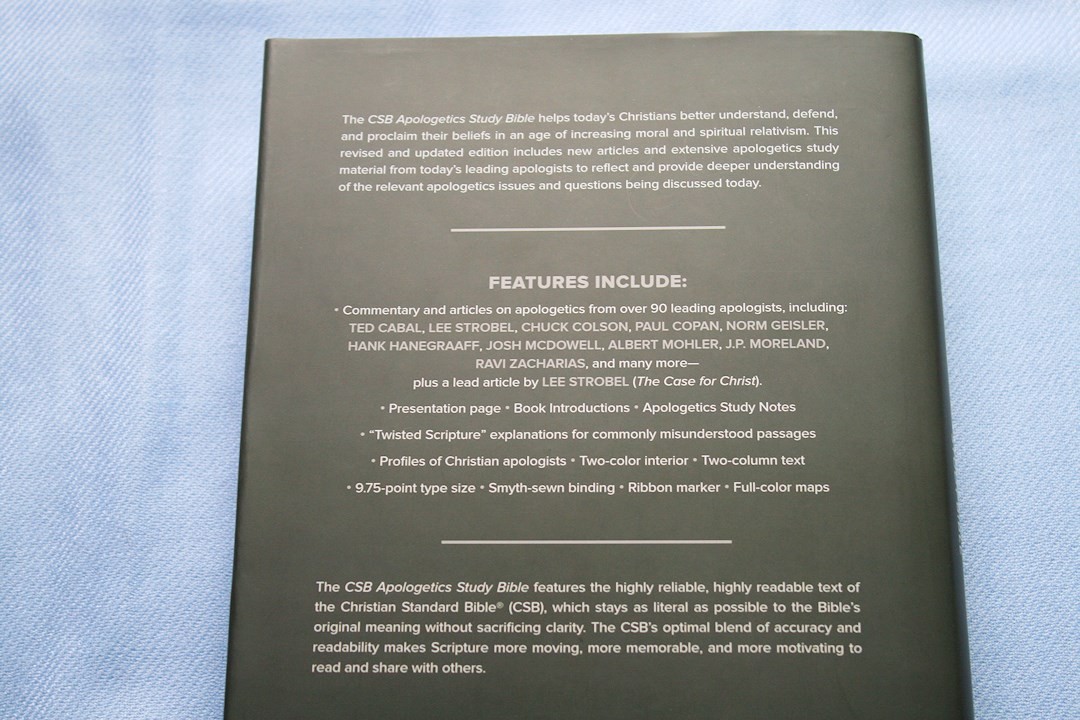

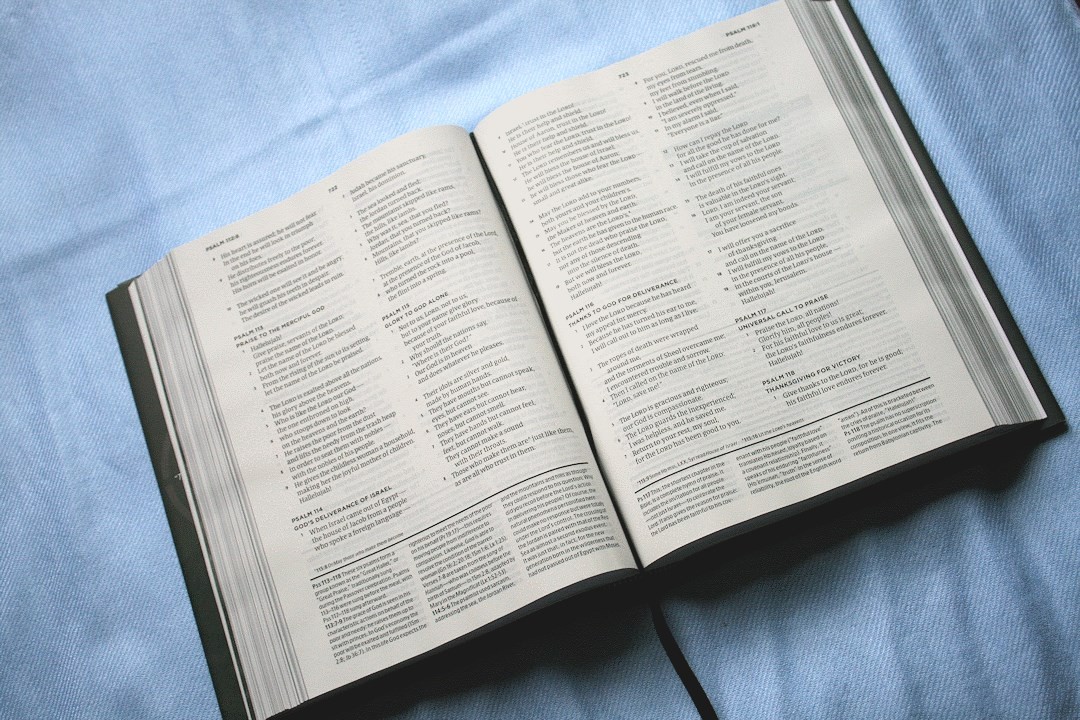
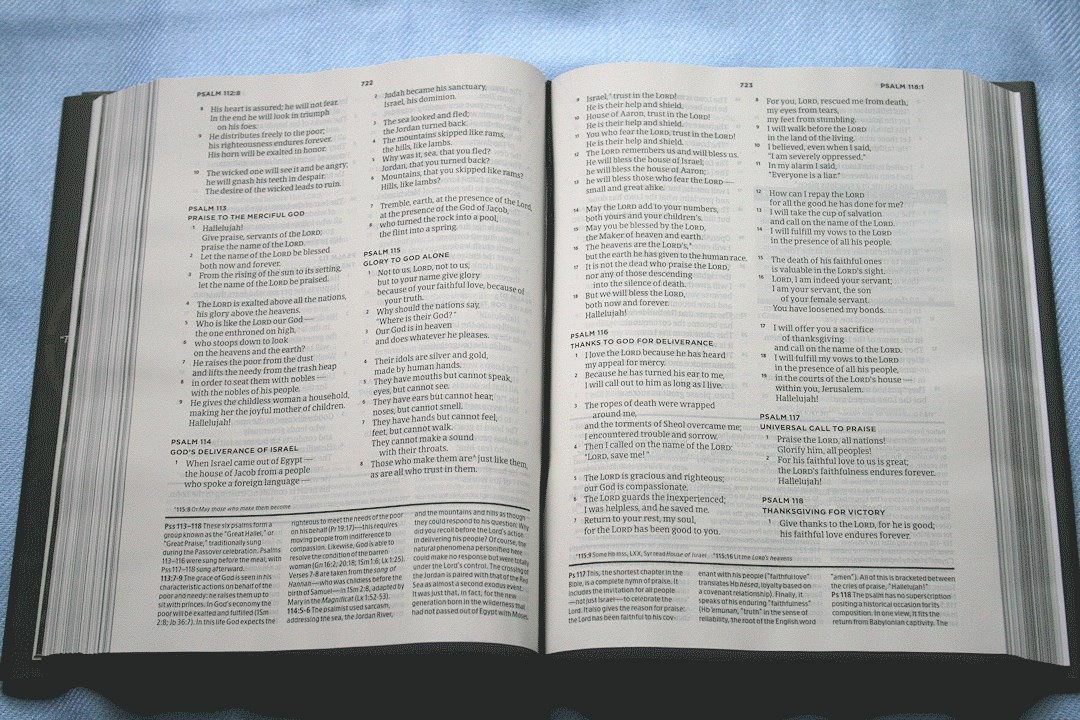
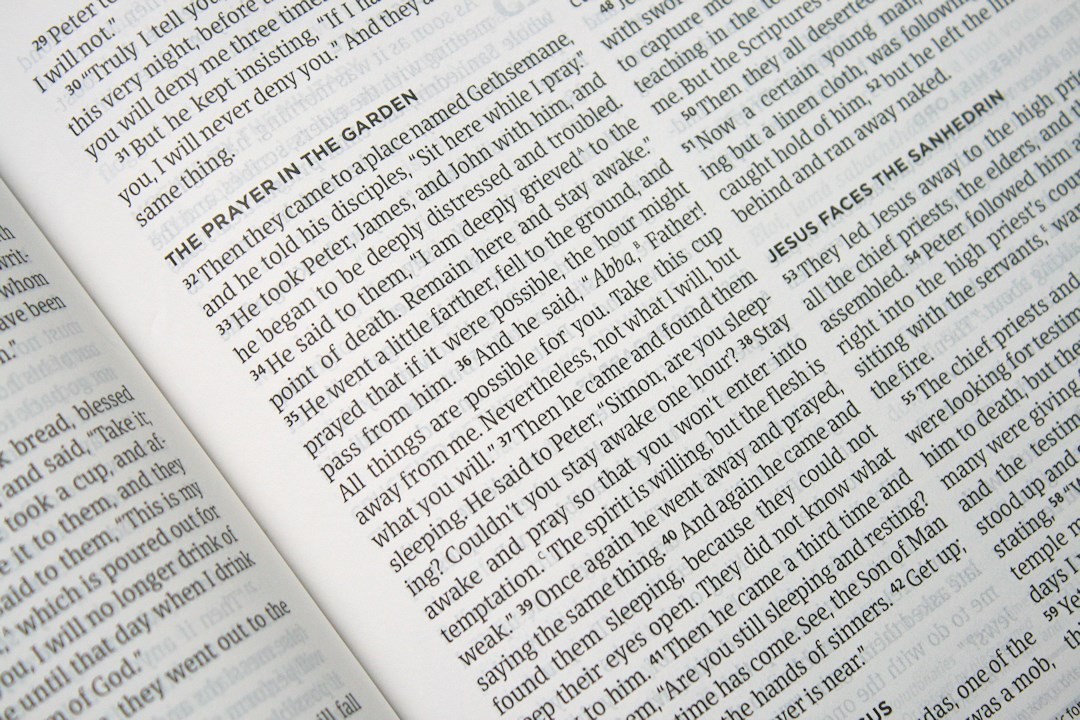
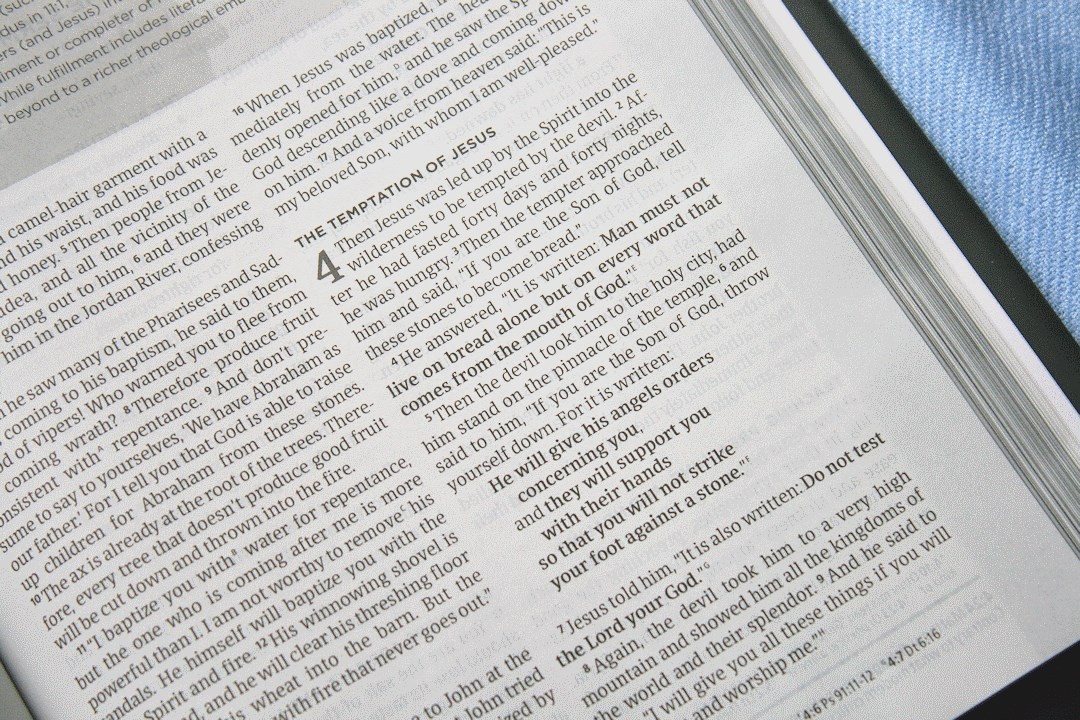
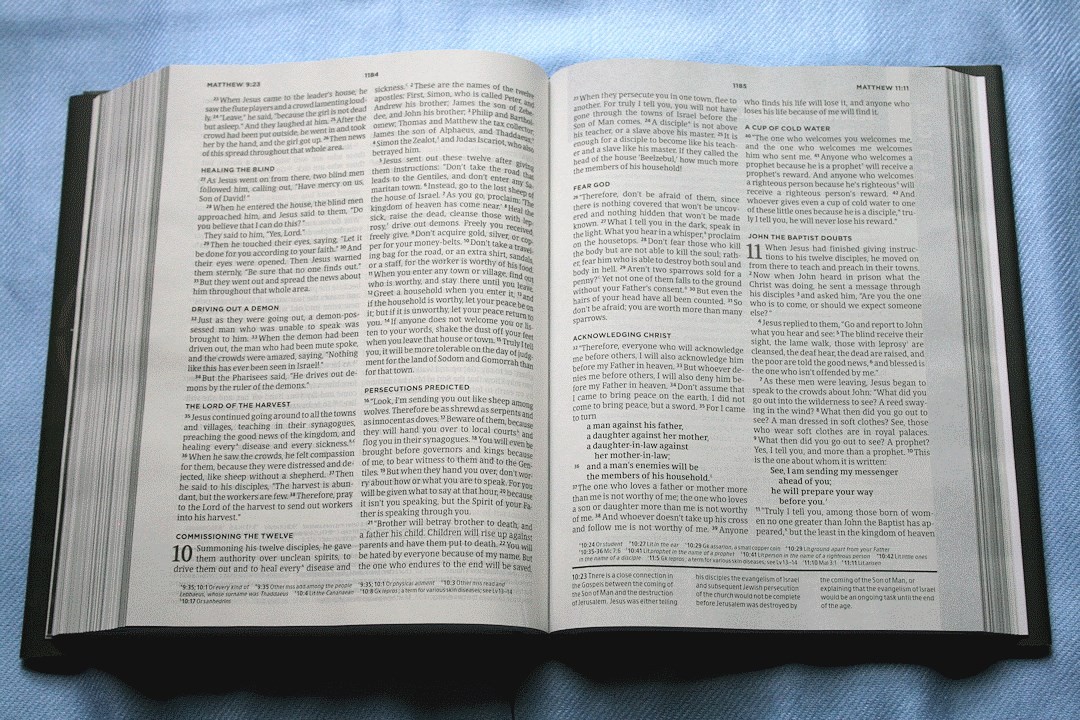
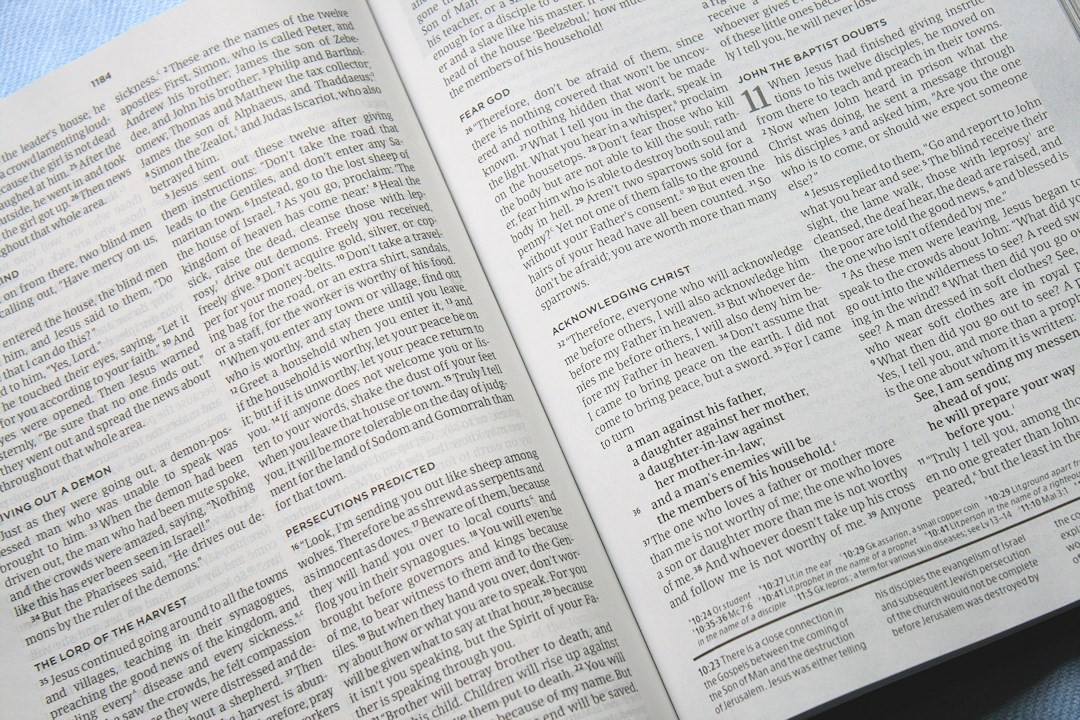
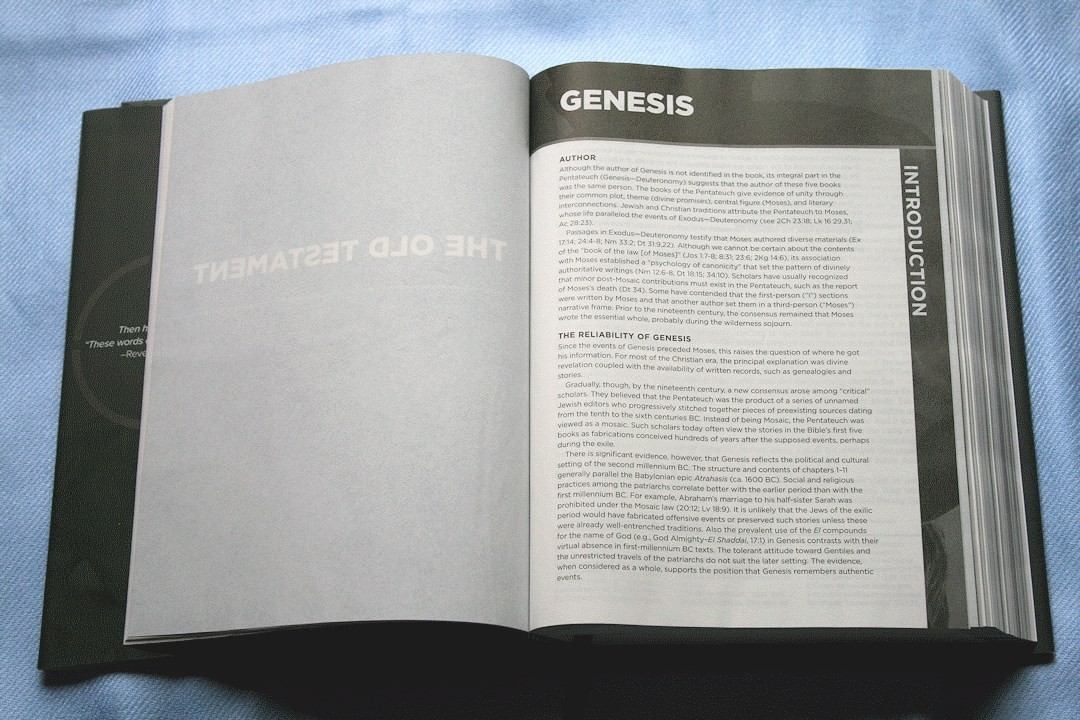
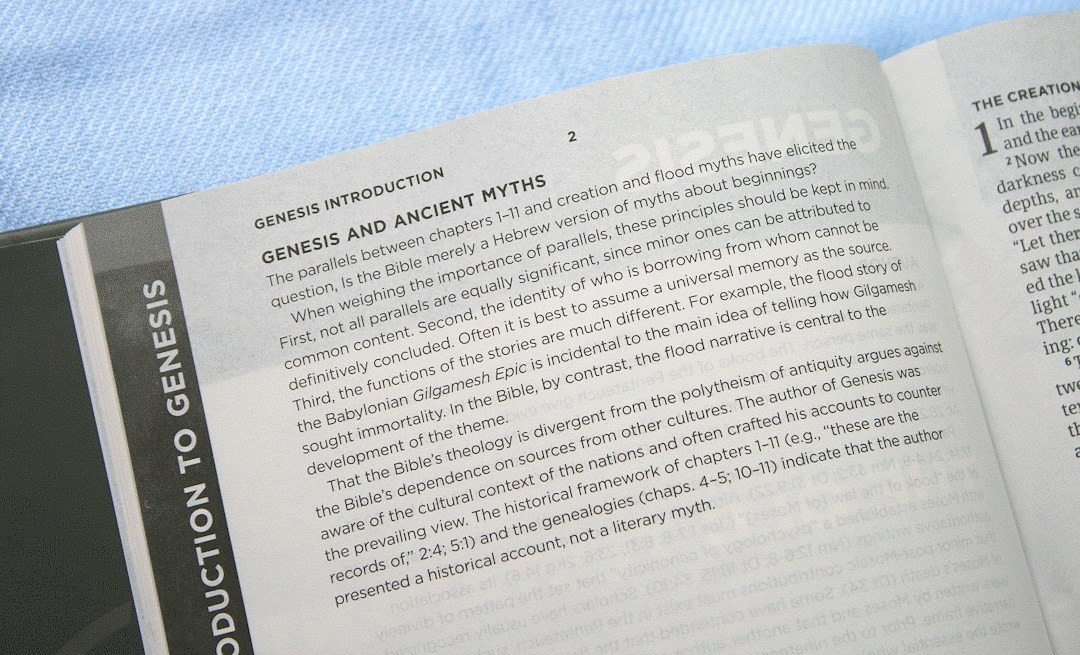
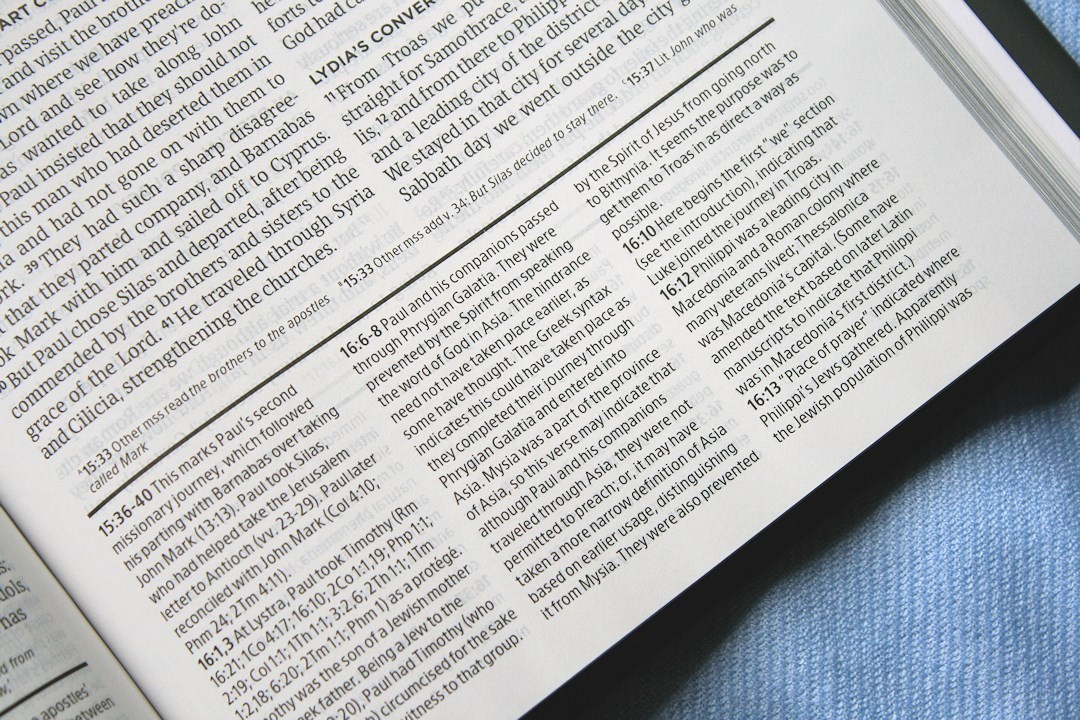
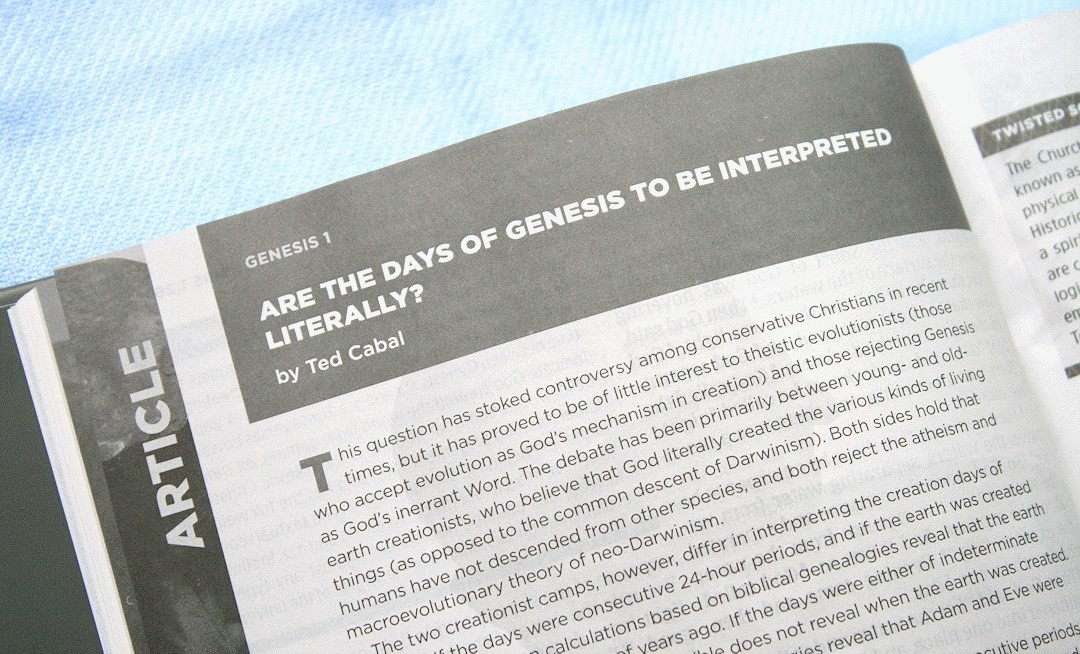
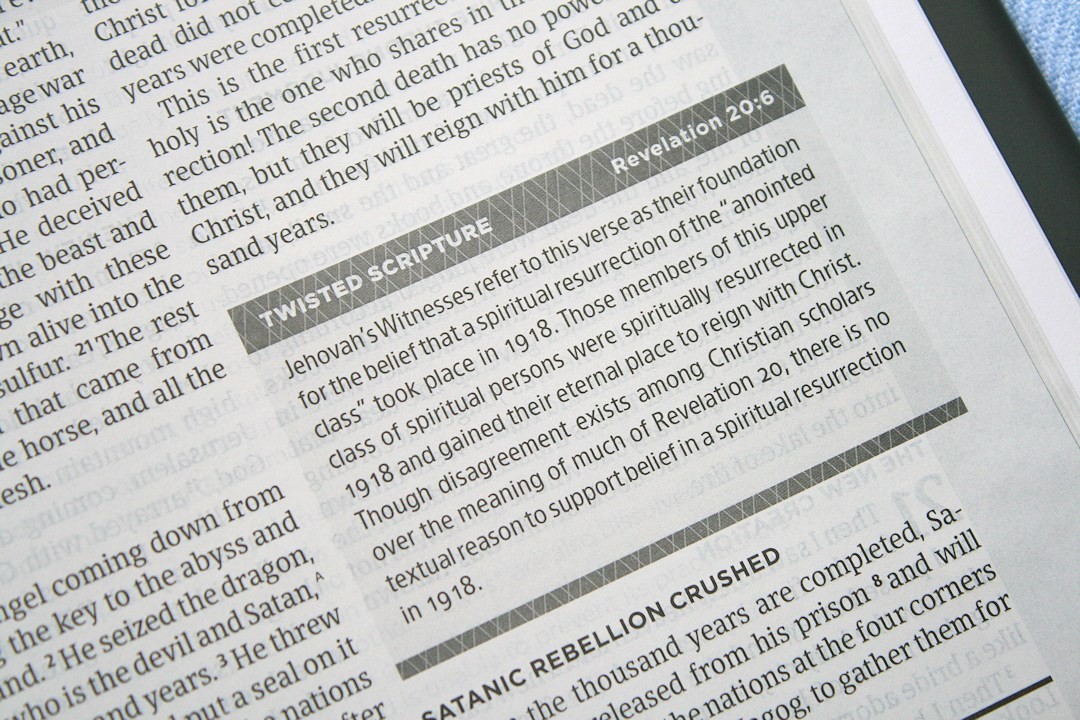


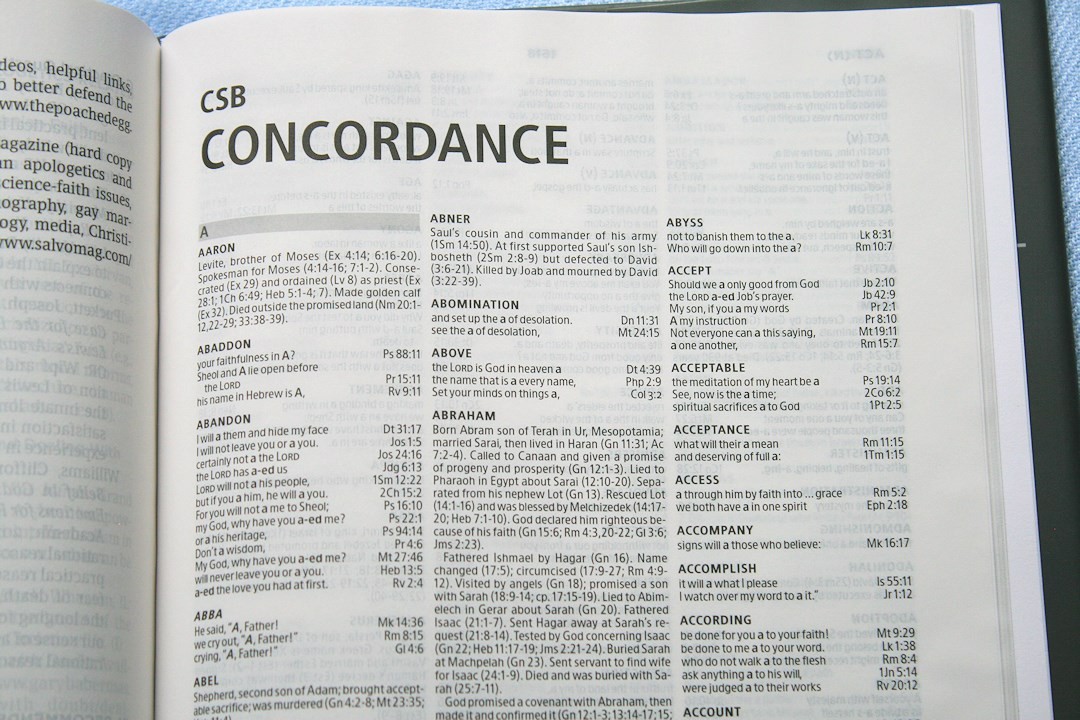
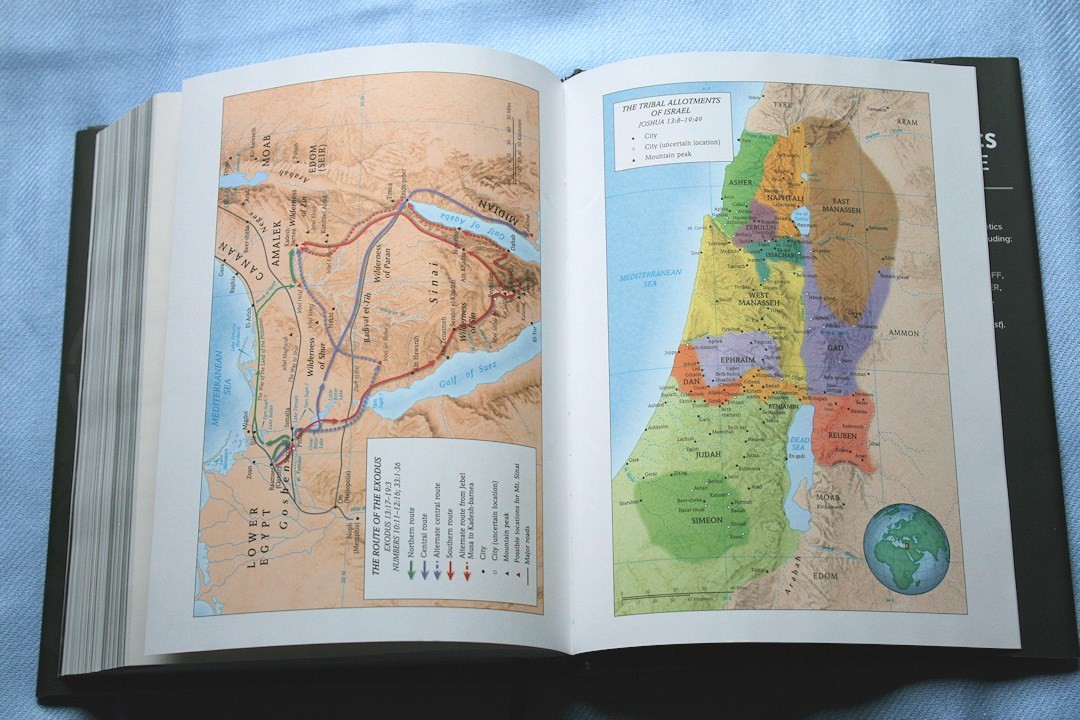

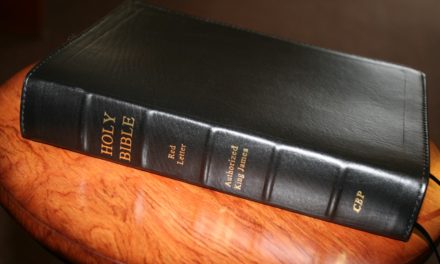
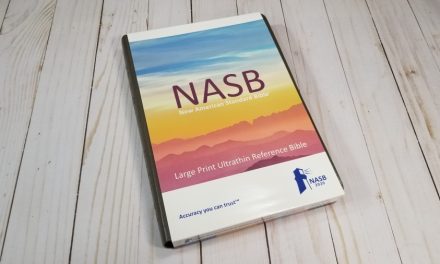

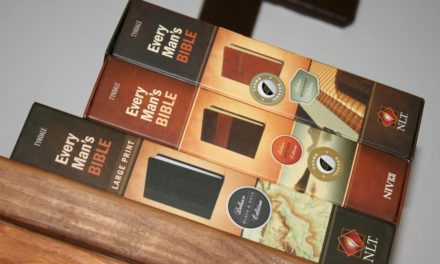






Are there no plans for a leather bound version?
I’m not sure. I’ll see if I can find out.
It looks like LeatherTouch and cloth over board is what they have. Here’s the response:
“We do have a couple of leather options available right now in both Mahogany LeatherTouch (also available as an indexed version) and a Navy LeatherTouch (also available as an indexed version). We’re also planning to have a charcoal cloth-over-board cover available this fall too!”